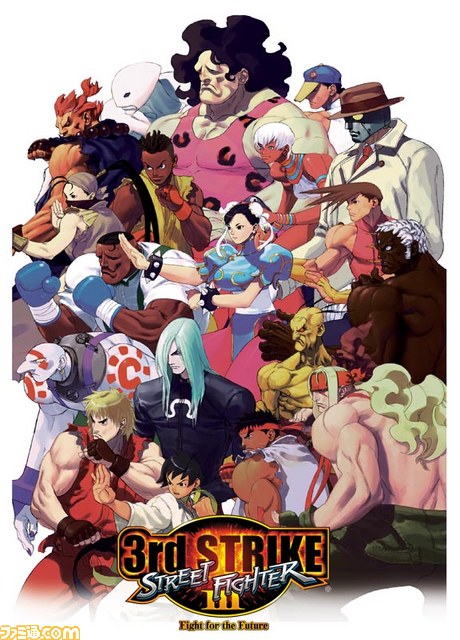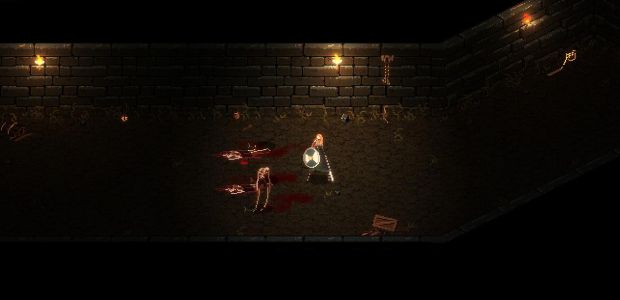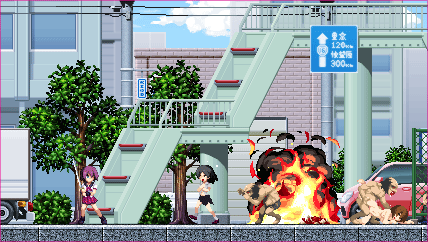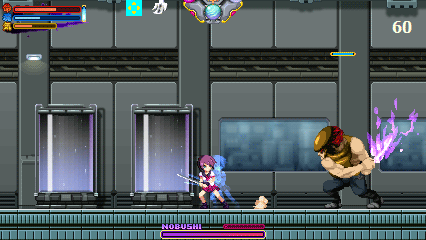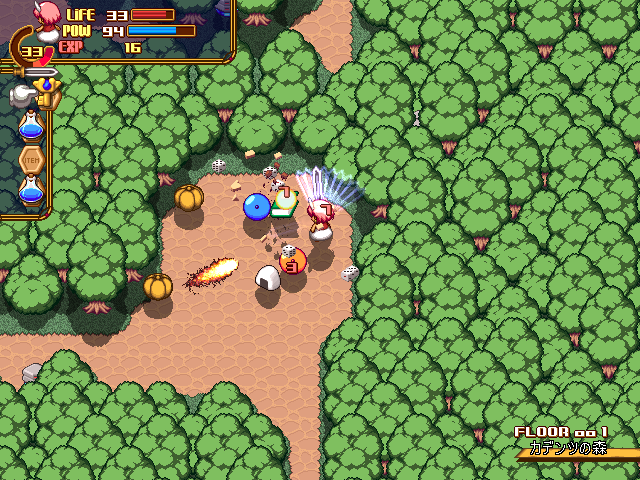Esto siempre va a tener vigencia (más ahora que empezan a aflorar los cargadores de imagen de ROM para sistemas de recreativa), y sobre todo para los que creemos que el formato "cabina profesional" está ampliamente sobrevalorado, así que te agradezco especialmente el mensaje, que siempre ha estado en mi lista de cosas pendientes.
Personalmente, creo que las cajas de control con mando integrado normalmente mantienen uno de los problemas también generales de las cabinas -- la falta de espacio de apoyo para las manos, por lo que soy más partidario de las cajas sin panel. Hay dos fabricantes europeos que parece son (o eran) bastante competitivos en precio:
http://www.vogatek.com/
http://www.systemshock.info/supergun-bauanleitung.htm

Para los no iniciados:
- Una placa "JAMMA" tiene un único conector ("JAMMA") para todas las señales -- vídeo, audio, alimentación y control, que se conecta al receptor (arnés) JAMMA de la cabina.
- La norma JAMMA implica 15 kHz, sonido monoaural y control para dos jugadores de tres botones, más palanca de cuatro direcciones, más START, más CREDIT. Juegos de más de tres botones requieren conexiones adicionales y suelen adoptar el nombre "JAMMA Plus".
- La caja de control lleva su toma JAMMA ("hembra") para conexión directa a la placa (o mediante arnés, si queremos más libertad de movimiento) y su función es la de canalizar las distintas señales para uso doméstico -- el vídeo para un cable RGBS, el audio para unos altavoces (salvo que se canalice para el propio cable RGB/SCART), la energía para una fuente de alimentación externa y el control, habitualmente para el estándar usado por Neo-Geo AES, si no está integrado.

(Imagen robada de no recuerdo dónde)
Pendiente quedaría, en cualquier caso, explicitar las soluciones para sistemas/juegos de más de tres botones/más de dos jugadores.




